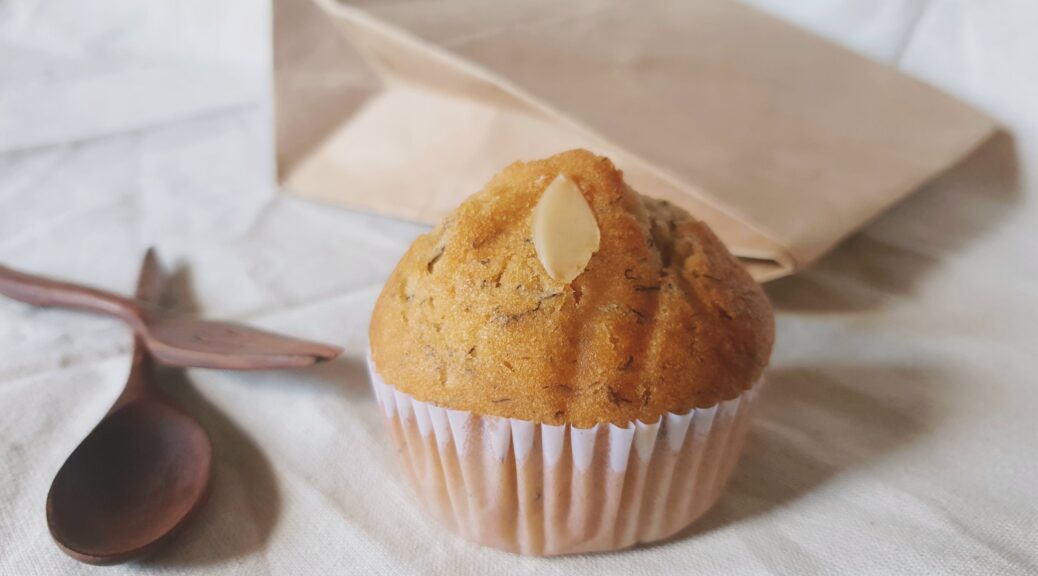
Cakes V: Checks to Perform
Cakes are among the most complex products, yet they are often the least controlled during the process. Let’s explore the checks that can help us ensure a certain uniformity in our productions. During the cake preparation, there are several factors that must be controlled due to their influence on the final product quality. These parameters include the batter temperature, its density, and pH levels.
Naturally, we assume there is some control over the correct dosing of ingredients, which forms the basis of almost everything.
Temperature
It is well-known that temperature significantly affects the viscosity of a medium. Moreover, it has been observed that the temperature of the batter influences its viscosity, resulting in achieving a batter with greater air incorporation and a more stable form. Therefore, controlling the batter temperature is necessary, often achieved by monitoring the temperature of the added ingredients. In general, for cakes with a fat base, final batter temperatures between 18 and 21°C are recommended, slightly lower for more aggressive mixings, such as those produced in continuous mixers. For foam cakes, slightly higher temperatures between 30 and 35°C are recommended. Using the correct temperature ensures optimal mixing in less time and a cake with greater volume. It’s also important to note that the adverse effects of poor temperature control cannot be corrected once the mixing is finished or in the final stages. Therefore, it’s necessary to adjust the ingredient temperatures before mixing or perform the mixing in a tank with temperature control. However, it should be clarified that temperature control in cake making is not as crucial as it is in bread kneading since yeast is not incorporated into cakes, and there is no direct effect on fermentation. Nevertheless, some level of control is still advisable.
Density
Controlling the batter density is quite common, with modern industrial equipment in large facilities often equipped with an automatic densimeter that continuously records the density of the produced batter. Its importance lies in the fact that the higher the air incorporation in the batter, the lower its density, and the greater the volume of the cake obtained. However, it’s a bit misleading to claim that lower density is always beneficial. Excessively high or low density can both be detrimental. High batter density (low gas incorporation) results in cakes with reduced volume, coarse texture, and a denser crumb. Conversely, excessively low density produces cakes with a fragile, crumbly crumb and depressions in the central part. The optimal density depends greatly on the formula used and the type of cake made. This can vary from values exceeding 1 kg/l in products like our “magdalenas” (Spanish muffins) to values close to 0.5 in foam cakes. Therefore, it’s necessary to determine the optimal values based on practical experience. To measure the batter density, simply fill a container with the batter and weigh its contents. Density equals this weight divided by the weight of the same volume of water.
It’s worth noting that while measuring density or specific volume (inverse of density) can help improve the consistency of our production, it doesn’t guarantee a good result. This is because, in addition to greater or lesser air incorporation, it’s crucial that this incorporation occurs in the form of the smallest bubbles possible. However, this factor is more difficult to analyse (requiring microscopic analysis) and is not typically performed online.
Viscosity
Viscosity is related to the correct dosing of ingredients, as well as to temperature and air incorporation, both in quantity and distribution throughout the batter. Therefore, although less common, controlling viscosity could be interesting. To adequately control viscosity, one must seek a quick and reliable method, which depends on the viscosity of our batter, which can vary significantly between different types of cakes. There isn’t much literature on this topic beyond typical research that uses rather expensive and not overly fast equipment. For many formulations, a Brookfield viscometer or even an RVA (rapid viscoanalyser) can be used. The use of a Bostwick viscometer, quite simple, may also be feasible for some batters. In any case, the type of cake must be analysed, the time from sampling to analysis must be controlled, and some variation must be allowed.
pH
The pH of the batter is another factor that can be analysed. This will significantly influence the final taste of the cake, with a very low pH resulting in a slightly acidic taste and a high pH translating into a soapy taste. Usually, the best flavour is achieved with a neutral or slightly acidic batter pH. However, significant pH variations within the same preparation are not common, at least not to the extent of influencing the taste. pH can also influence the colour of cakes that incorporate chocolate into their composition, in which case slightly basic pH values around 7-8 are sought to obtain a more attractive colour for the consumer. This pH can also affect the crust colour through Maillard reactions, increasing as the batter pH increases. Finally, an adequate pH can give us an idea of the correct incorporation of the leavening agent. To control pH, adjustments can be made in the formulation, considering that eggs and chocolate tend to increase pH while flour, dairy products, and fruit derivatives usually reduce it. However, modifications to the formulas can significantly affect the characteristics of the cake. Therefore, pH control usually involves adjusting the amount of sodium bicarbonate or acid used.